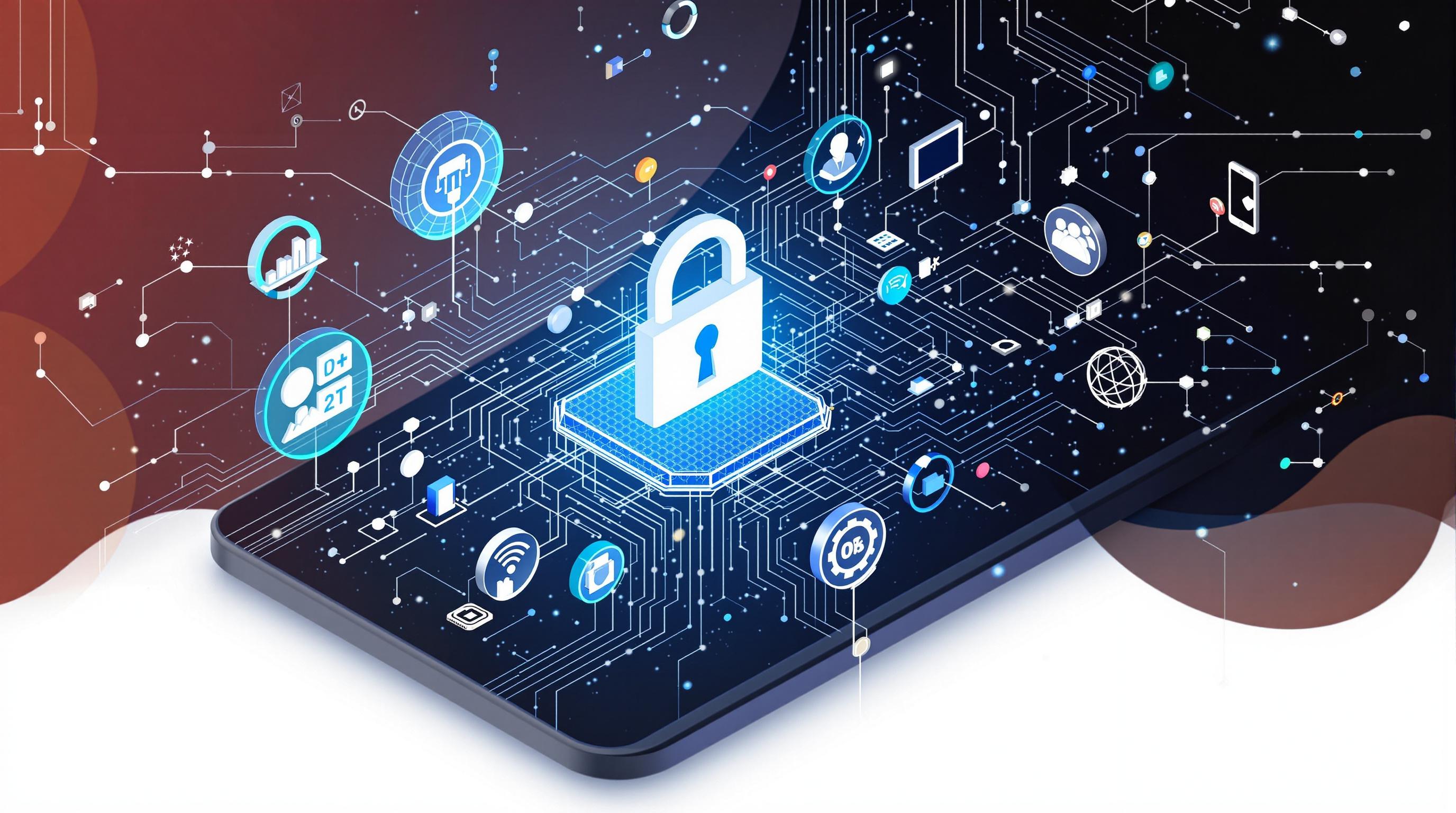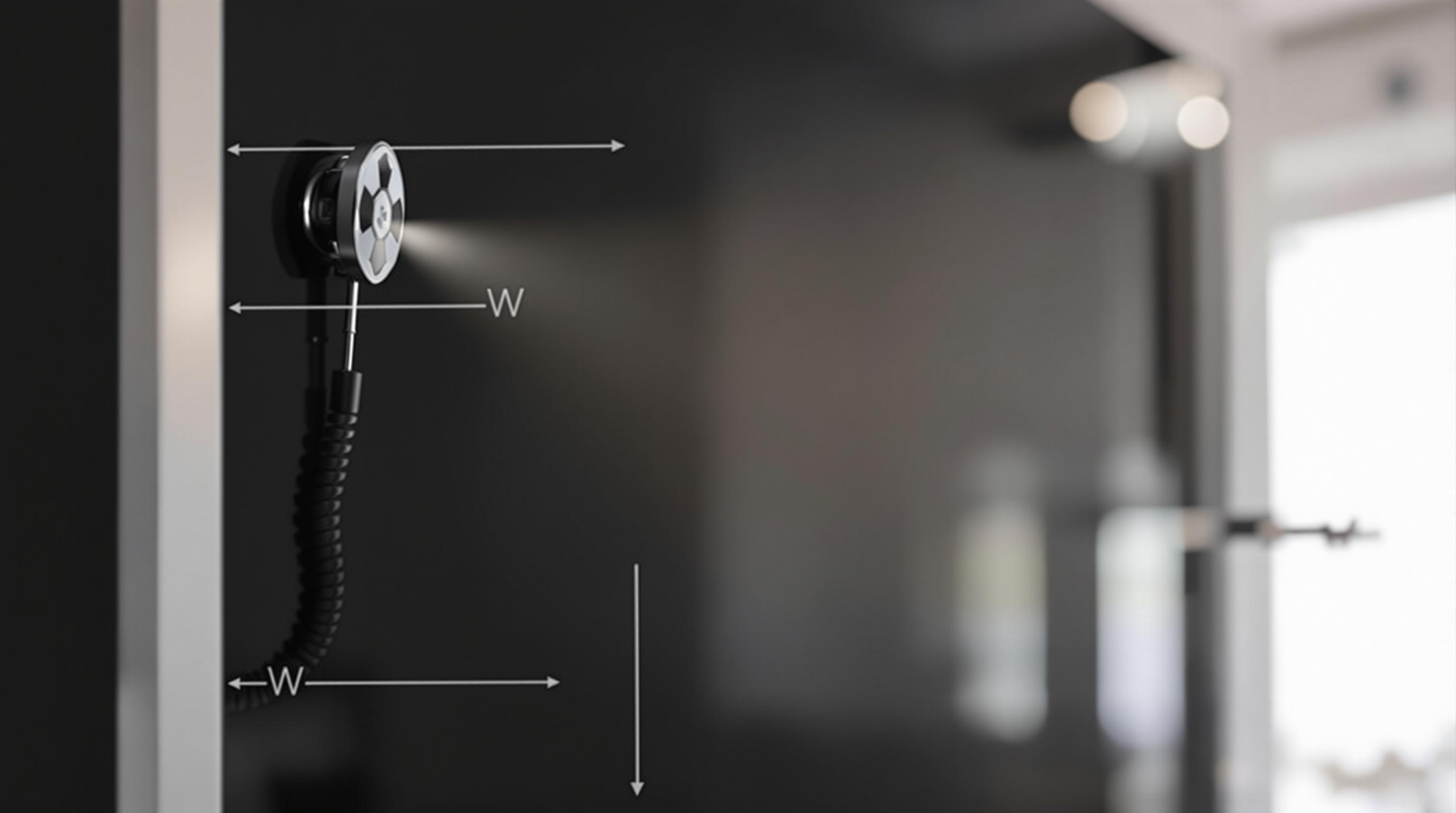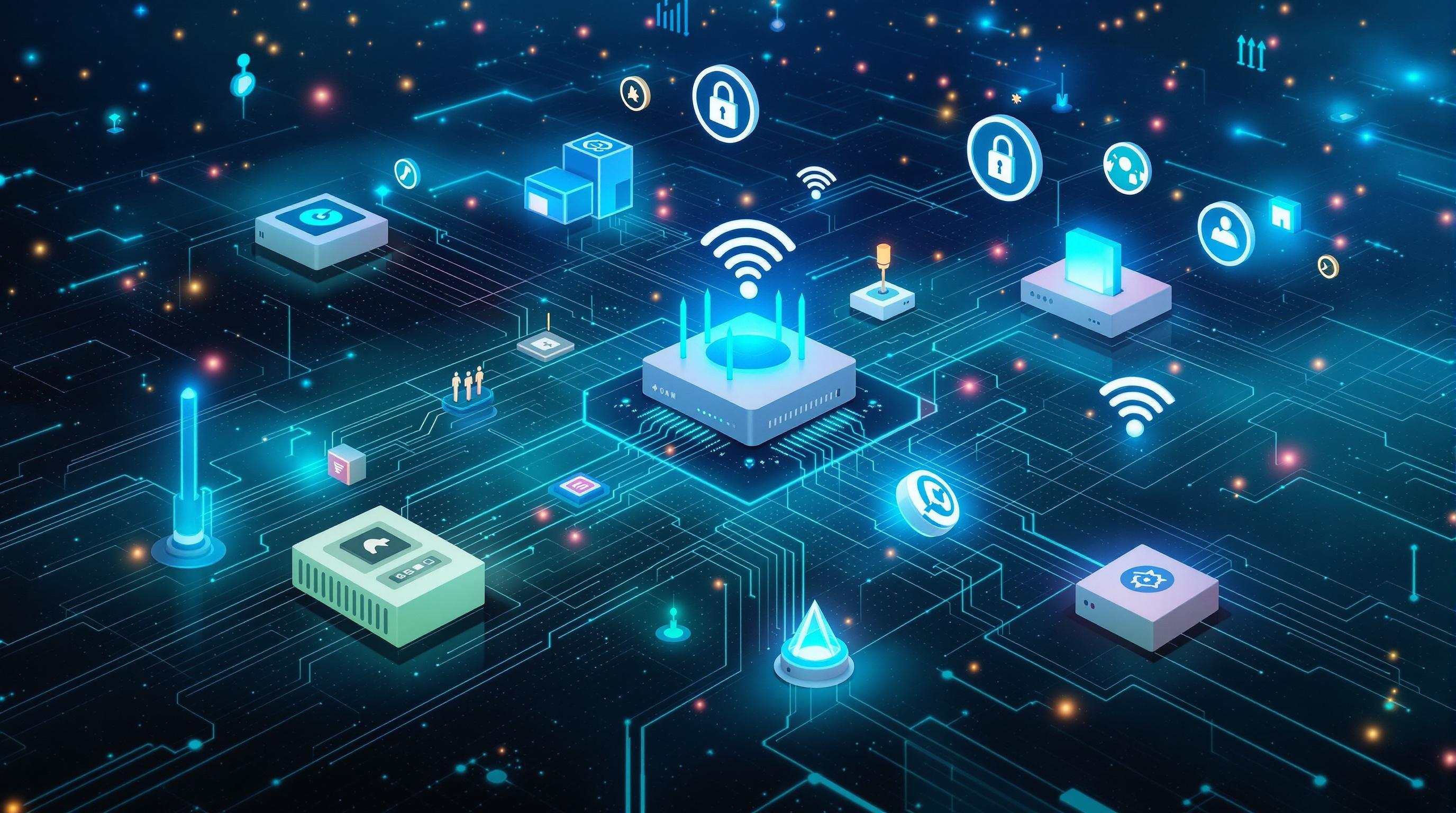Related Articles
- Unseen Boundaries: How Privacy Laws are Shaping the Ethics of AI and Biometric Data Use in Everyday Life
- 5 Emerging Privacy Gadgets from the Last Five Years That Are Redefining Data Control in Unexpected Ways
- 7 Cutting-Edge IoT Security Devices Released Since 2019 That Are Changing How We Protect Smart Homes
- When Everyday Objects Turn Rogue: Unveiling the Unseen Risks of IoT Device Mischief in Smart Homes
- 7 Cutting-Edge VPNs Evaluated for Compliance with New Privacy Laws and User Rights in the Last Five Years
- 5 Game-Changing Cloud Privacy Gadgets Launched Recently That Outsmart Mainstream Security Solutions
9 Critical Challenges in IoT Security Compliance Every Enterprise Must Address Now
9 Critical Challenges in IoT Security Compliance Every Enterprise Must Address Now
9 Critical Challenges in IoT Security Compliance Every Enterprise Must Address Now
1. Rapidly Expanding Attack Surface
The Internet of Things (IoT) ecosystem is continuously growing, connecting millions of devices from various industries. This expansion dramatically increases the attack surface for cybercriminals to exploit. Each connected device can potentially serve as an entry point to an enterprise’s network, making comprehensive security harder to maintain.
Because many IoT devices operate in diverse environments and have different capabilities, ensuring consistent security policies across all platforms becomes complex. Enterprises must regularly identify and manage every IoT endpoint to reduce vulnerabilities.
Without a full inventory and robust monitoring of IoT devices, companies risk breaches that are costly both financially and reputationally. According to Gartner, by 2025, there will be more than 75 billion connected IoT devices globally, amplifying the need for scalable security solutions.
2. Lack of Standardized Security Frameworks
Unlike traditional IT systems, IoT devices lack universally accepted security standards or frameworks. This absence causes inconsistency in security implementation and complicates compliance efforts across different jurisdictions and industries.
Enterprises often face challenges when integrating devices from multiple manufacturers, each using proprietary protocols and varying security levels. Without a common framework, enforcing uniform policies and controls is difficult.
Organizations such as the Internet Engineering Task Force (IETF) and the Industrial Internet Consortium (IIC) are working toward standardization, but adoption remains uneven. As a result, enterprises should pursue frameworks that align closely with their risk appetite and regulatory requirements.
3. Inadequate Device Authentication and Authorization
Many IoT devices feature weak or no authentication mechanisms, making unauthorized access a significant risk. Default passwords, hardcoded credentials, and simple authentication methods increase vulnerability to attacks such as device hijacking.
Proper authentication and authorization require effective identity management solutions tailored to the scale and diversity of IoT ecosystems. This includes multifactor authentication (MFA) where applicable and the validation of device identities before network access is granted.
Implementing robust device identity protocols, such as digital certificates or hardware-based security modules, is essential. Failure to do so can undermine compliance with regulations like GDPR or HIPAA, which mandate strict access controls.
4. Insufficient Data Encryption
Data transmitted by IoT devices often include sensitive information. Without proper encryption in transit and at rest, this data is exposed to interception or tampering by attackers.
Encryption should be incorporated throughout the data lifecycle—from device sensors to cloud storage and back to end users. However, many devices lack the processing capabilities to support advanced cryptographic algorithms.
Enterprises need to balance security with device performance by using lightweight encryption methods and secure communication protocols like TLS or DTLS. Compliance standards increasingly require strong data protection measures to avoid breaches and penalties.
5. Fragmented Regulatory Landscape
IoT security compliance is complicated by varying laws and regulations across regions and sectors. Enterprises operating globally must navigate multiple legal frameworks, each with its own requirements for data privacy, security controls, and breach reporting.
For example, the European Union imposes the GDPR, while the United States enforces sector-specific laws such as HIPAA for healthcare and the FTC Act for consumer protection. Overlapping and sometimes conflicting regulations make universal compliance challenging.
Enterprises must adopt comprehensive governance programs that address the widest scope of legal obligations relevant to their IoT initiatives. Leveraging legal experts and automated compliance tools can reduce risks from regulatory non-compliance.
6. Firmware and Software Update Challenges
IoT devices require frequent firmware and software updates to remediate vulnerabilities and maintain security compliance. However, many devices lack efficient mechanisms for secure over-the-air (OTA) updates.
Without seamless update processes, enterprises struggle to patch devices in a timely manner, leaving them exposed to known exploits. Additionally, update failures or interruptions can cause device malfunctions or data loss.
Best practices recommend implementing automated, authenticated, and encrypted update channels. Regular patch management reduces attack vectors and aligns with compliance requirements detailed by standards such as NIST SP 800-53.
7. Limited Visibility and Monitoring
Effective IoT security compliance depends heavily on comprehensive visibility into device behavior and network traffic. Many enterprises lack tools that offer real-time monitoring and anomaly detection tailored to IoT environments.
This limited visibility hampers the identification of potential threats and complicates incident response efforts. Traditional security information and event management (SIEM) systems may not fully capture IoT-specific data.
Organizations are investing in advanced threat intelligence and AI-driven analytics to improve monitoring and compliance posture. This ensures continuous oversight and rapid detection of suspicious activity across all connected devices.
8. Privacy Concerns and User Consent
IoT devices often collect large volumes of personal data, raising critical privacy concerns. Enterprises must ensure that data collection aligns with user consent and privacy laws to maintain compliance.
Failure to provide transparent data usage policies or to secure personal data can result in legal penalties and loss of customer trust. Privacy by design principles should be embedded in device development and deployment processes.
Compliance frameworks such as GDPR mandate explicit consent mechanisms and data minimization strategies. Enterprises should regularly audit privacy practices and obtain clear user permissions before data collection occurs.
9. Supply Chain Risks
The IoT supply chain includes multiple vendors and service providers, each introducing potential security vulnerabilities. Compromised or counterfeit hardware and software components can undermine the entire security framework.
Enterprises must establish stringent vetting processes and continuous risk assessments for all suppliers. Transparency and accountability in the supply chain are crucial to mitigating threats posed by untrusted third parties.
Implementing security standards such as ISO/IEC 27001 and requiring suppliers to comply with these protocols help minimize risks. Additionally, secure boot and hardware attestation techniques enhance trustworthiness of IoT devices.
Conclusion
Addressing these nine critical challenges is imperative for enterprises embracing IoT technology to maintain robust security compliance. By understanding the complex landscape of risks—from technical vulnerabilities to regulatory requirements—organizations can proactively safeguard their networks and data.
A strategic approach involving device management, encryption, standardized frameworks, and supply chain controls forms the foundation for effective IoT security. Continuous monitoring and updates ensure resilience against evolving threats.
Ultimately, securing IoT ecosystems not only protects businesses but also fosters trust among users and stakeholders, paving the way for sustainable IoT adoption and innovation.
Sources: Gartner (2021). “Forecast: Internet of Things — Endpoints and Associated Services, Worldwide, 2019.”
NIST SP 800-53 Revision 5.
GDPR Regulation (EU) 2016/679.




